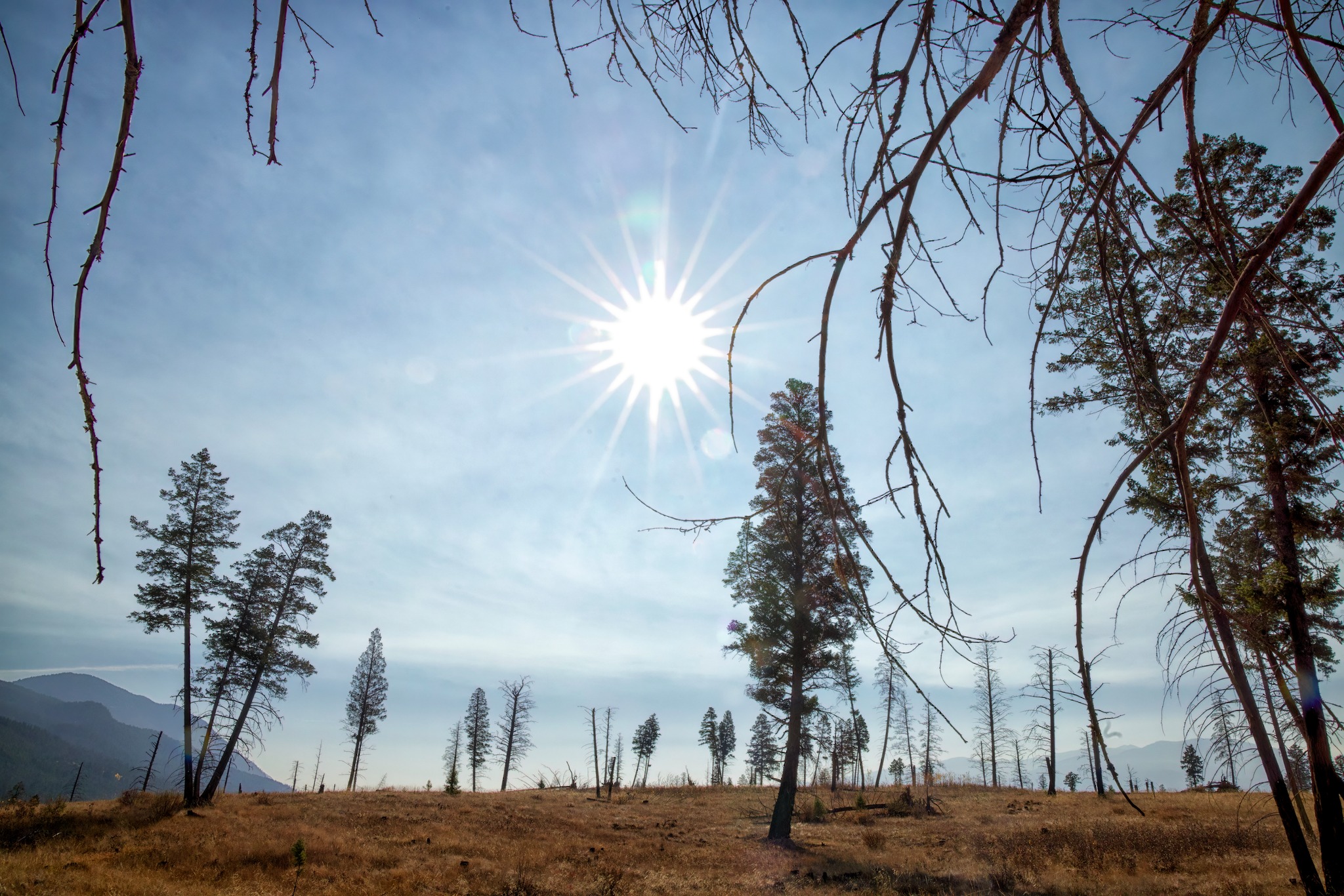What’s the Future of Grasslands and Rangelands in the East Kootenay?
- Start Date: October 16, 2025
- End Date: October 18, 2025
- City: Kimberley BC
- Venue: Kimberley Conference Centre and various field sites
- Proceedings document to come! If you weren't registered but would like to receive a copy via email, send your request to office@cmiae.org
Event description:
In the East Kootenay region of southeastern BC, there are about 46,415 ha of grasslands that occupy the valley bottom, benches and steep, south-facing slopes above the main rivers and some of their tributaries.[i], [ii] Grasslands – land dominated by a variety native grass species where tree cover is low to absent – also include other grass-like plants, forbs, shrubs, and open forest. They stretch from the Canada/United States border, an area known as Yaq̓it ʔa·knuqⱡi’it (Tobacco Plains) north to Radium.[iii] The majority (63%) of the grasslands in the East Kootenay are on provincial public land. Of these, almost 90% are under a grazing tenure.[iv] These areas are often referred to as rangelands – uncultivated lands that support grazing and habitat for hundreds of species of native wildlife and plant communities.[v] In addition to a broad array of ecosystem services and culturally significant relationships with native plant and wildlife communities, these habitats provide grazing for domestic livestock.
Humans have evolved in connection with grasslands and rangelands. Healthy grasslands are tied to Indigenous food sovereignty and food security which is particularly relevant to hunting, harvesting, ranching and farming. However, these grassland environments are threatened worldwide, with the loss of an estimated 50% of rangelands in the East Kootenay region since the 1950s.[vi] Grassland ecosystems also sequester large amounts of carbon, yet are particularly vulnerable to climate change.
This fall we will gather in Kimberley BC for a series of carefully considered discussions that will build over three days. This event will explore key intersections and related implications of changing range and grasslands in the East Kootenay for wildlife and livestock forage, vulnerable grassland-dependent species, Indigenous and regional food security, wildfire risk reduction, and invasive species. It’s a pivotal time for the future of range and grasslands that requires collective thinking by a multidisciplinary group of scientists, First Nations, natural resource professionals, land managers, and ranchers to discuss current land management challenges and solutions, new initiatives, knowledge gaps, and the cumulative impacts to ecosystem health. The underlying assumption guiding this event is that if you improve grassland health through restoration, protection, and stewardship, then you improve conditions for wildlife, grassland ecosystems, and communities whose cultures and livelihoods are tied to these spaces.
Summaries of these important topics and findings will be captured in a proceedings document that includes recommendations to improve range and grassland health in the East Kootenays.
Guiding question: What practical recommendations do you have that would improve the maintenance or enhancement of grassland ecosystem health and related ecosystem services of the rangelands in the East Kootenay?
Preliminary Speaker list & agenda
See here for the AGENDA.
The agenda guiding the first day of this event has been carefully developed to provide essential background information necessary for a grounded and informed discussion on range and grassland health over time from many perspectives. We’ll start the event with interview footage from a series of Ktunaxa and Secwépemc knowledge keepers speaking to the value and stewardship of grasslands, followed by a summary of what the latest science says about the current and future health of grasslands in the area. The rest of the day will feature panel discussions tying together themes of provincial rangelands management in the East Kootenay; Indigenous perspectives and priorities on grassland health and decolonized food systems; key issues associated with rangeland health from the perspective of ranching and agriculture; a science review on elk and other ungulates in relation to range and grassland health; and the latest information available on fire dynamics, open forest restoration and the role of wetlands in the changing climate of the East Kootenays.
The second day of this event delves deeper into local and regional case-study examples and discussions around what can be done on-the-ground to improve range and grassland health with a series of short presentations followed by an afternoon of facilitated conversations whereby priority challenges and opportunities are revisited in small groups and recommendations for action are collected.
Day three will provide an opportunity to ground-truth the previous days discussions via field tours with a variety of facilitators to allow for small-groups and more collaborative discussion.
Our event partners and sponsors
Event partners: CMI is pleased to work with these agencies in hosting this event:
Backcountry Hunters & Anglers; BC Range Branch; BC Ministry of Water, Land and Resource Stewardship; EcoMosaic Environmental Consulting; Grasslands Conservation Council of BC; Ktunaxa Nation Council, Phyla Consulting, Shuswap Band, VAST Resource Solutions, and Zehnder Consulting.

Event sponsors: CMI is grateful to the following organizations for their financial support of this event:
Grassland & Rangeland Enhancement Program administered by the Kootenay Livestock Association, Columbia Basin Trust, Wild Sheep Society BC, Rocky Mountain Trench Natural Resources Society, VAST Resource Solutions, Keefer Ecological Services, Fortis BC, Kootenay Conservation Program, and the Knowledge and Technology Transfer Program funded through the Sustainable Agricultural Partnership.

i. Grasslands Conservation Council of British Columbia. 2017. British Columbia’s Grassland Regions. Kamloops, BC URL: https://bcgrasslands.org/wp-content/uploads/2017/12/gcc_e-book_bcs-grassland-regions.pdf
ii. Wikeem B. and S. Wikeem. 2004. The Grasslands of British Columbia. Grassland Conservation Council. Kamloops, B.C. 282 pp. + appendices. URL: https://bcgrasslands.org/wp-content/uploads/2017/06/bcgrasslandsfinal2004ver3.pdf
iii. Grasslands Conservation Council of British Columbia. 2017. British Columbia’s Grassland Regions. Kamloops, BC URL: https://bcgrasslands.org/wp-content/uploads/2017/12/gcc_e-book_bcs-grassland-regions.pdf
iv. Grassland Conservation Council. 2004. BC Grasslands Mapping Project: A Conservation Risk Assessment – Final Report. URL: https://a100.gov.bc.ca/pub/acat/documents/r54174/BCGrasslandsFinalReport_RyanHolmes_1675194232347_9B0941A112.pdf
v. Rangeland Wildlife Ecology and Conservation. Springer, Cham. URL: https://doi.org/10.1007/978-3-031-34037-6_1
vii. Blueprint for Action (2006); Rocky Mountain Trench Ecosystem Restoration Steering Committee: http://www.trenchsociety.com/setup/content/Blueprint_for_Action_2006.pdf
IMAGE: Glen Wainman


